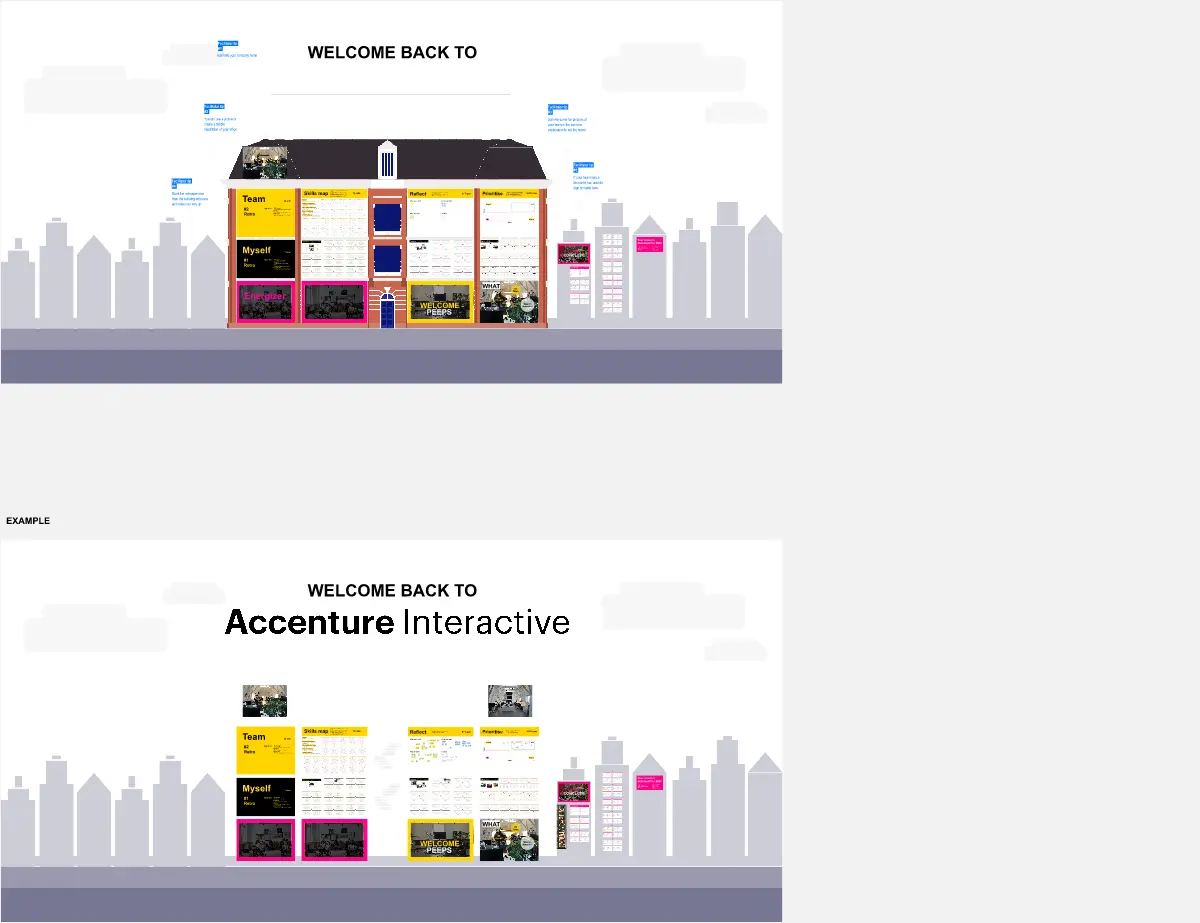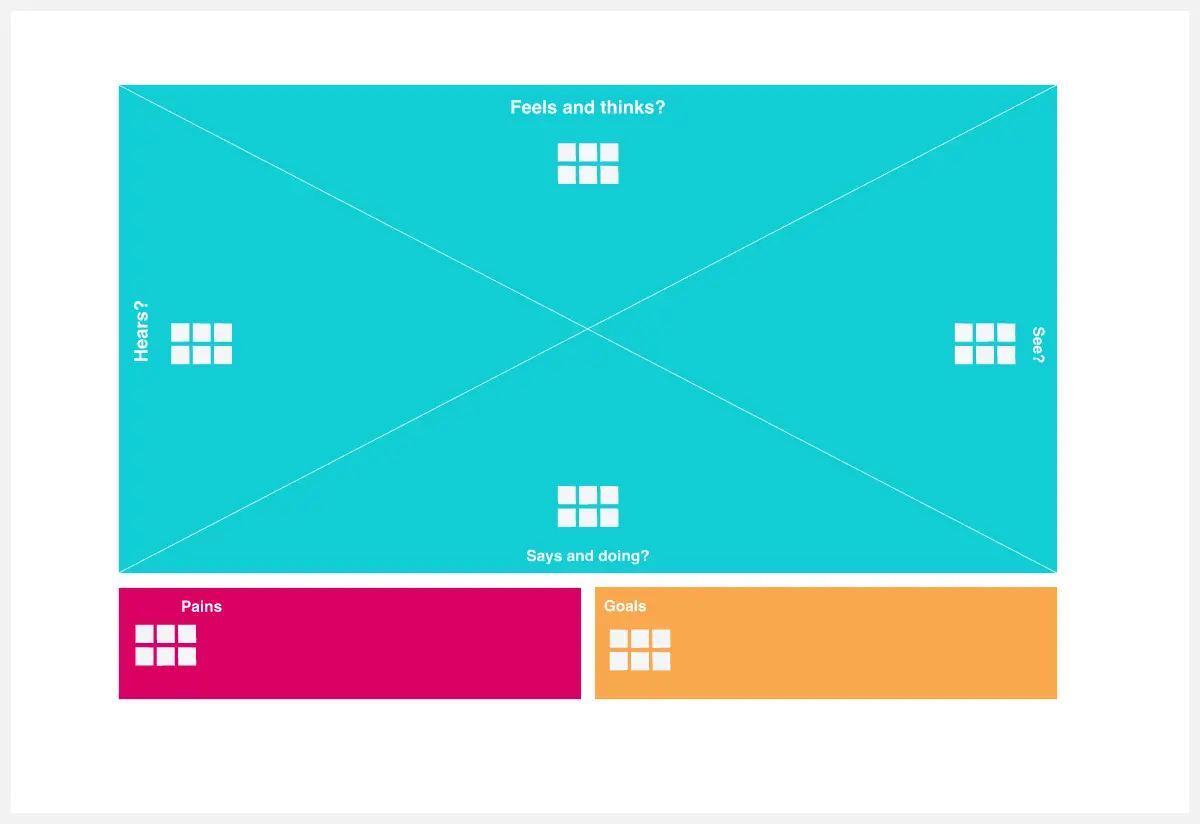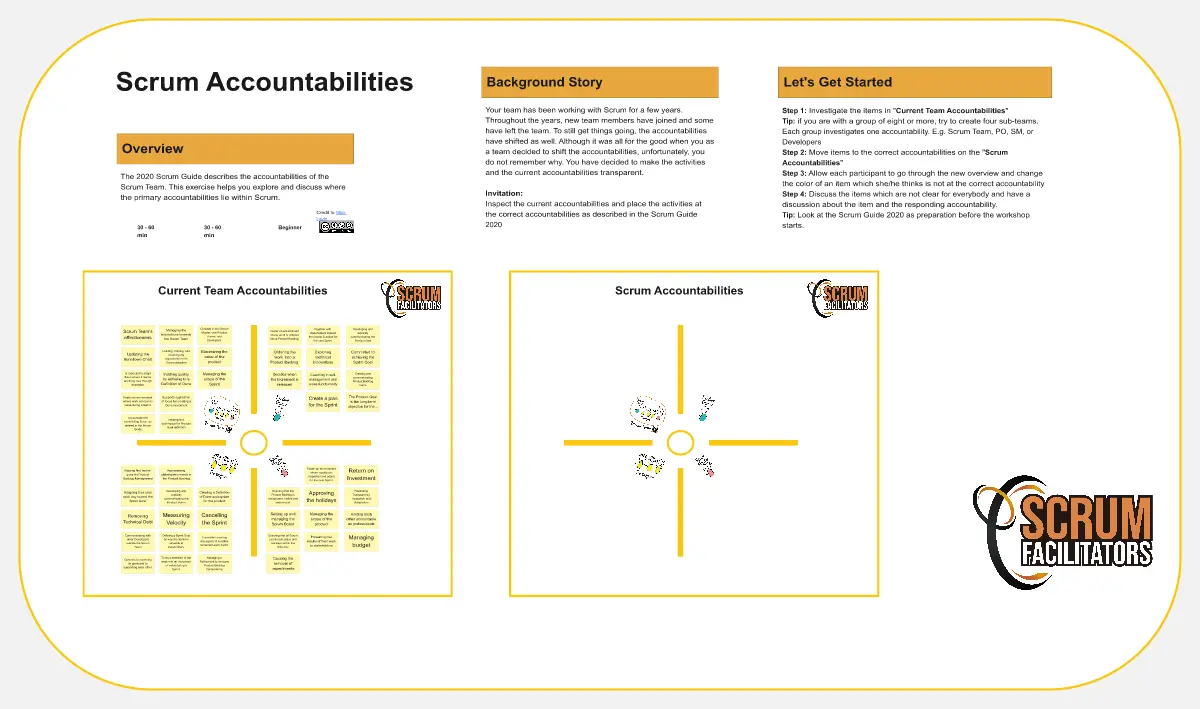Business Model Canvas
The Lean Business Model Canvas is a strategic tool that helps entrepreneurs and startups design, analyze, and iterate their business models. It is based on the original Business Model Canvas but incorporates the principles of lean startup methodology, which emphasizes rapid experimentation and continuous improvement.
The Lean Business Model Canvas consists of nine quadrants, each representing a critical aspect of the business model. Let's explore each quadrant:
Problem: This quadrant focuses on identifying the core problems or challenges faced by your target customers. By understanding their pain points, you can develop products or services that effectively address their needs.
Solution: Here, you outline the unique solutions or value propositions that your business offers to solve the identified problems. It involves defining the key features, benefits, or advantages your product or service provides to customers.
Key Metrics: This quadrant highlights the key performance indicators (KPIs) that you will track to measure the success and progress of your business. It helps you identify the most critical metrics that align with your business goals.
Unique Value Proposition (UVP): In this section, you articulate the compelling reasons why customers should choose your offering over competitors. It highlights the unique features, benefits, or value that differentiates your product or service in the market.
Unfair Advantage: Here, you identify the distinctive advantages or resources that give your business a competitive edge. It could include intellectual property, strategic partnerships, access to key distribution channels, or unique expertise.
Channels: This quadrant focuses on the various channels or touchpoints through which you will reach and engage with your target customers. It includes both online and offline channels, such as websites, social media platforms, physical stores, or distribution partners.
Customer Segments: Here, you define the specific customer groups or segments that your business targets. It involves understanding the characteristics, needs, behaviors, and preferences of your ideal customers to tailor your products or services accordingly.
Cost Structure: In this section, you outline the costs associated with operating your business. It includes both fixed and variable costs, such as production expenses, marketing and advertising costs, employee salaries, and other operational expenses.
Revenue Streams: The final quadrant focuses on how your business generates revenue. It involves identifying the different sources of income, pricing models, revenue streams, and potential monetization strategies for your products or services.
Categories
Similar templates





